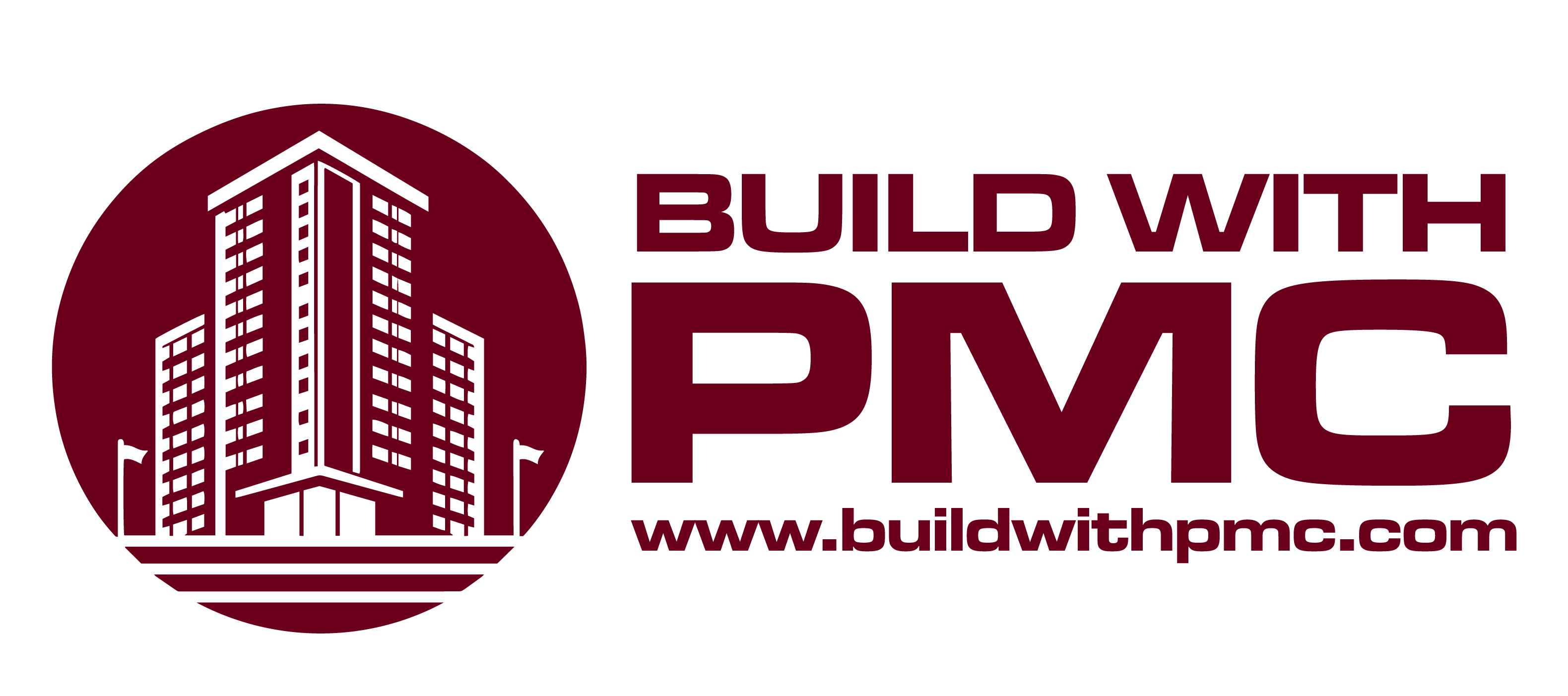In the realm of construction materials, reinforced concrete stands as a paragon of durability and reliability. Its journey from innovation to ubiquity has been marked by continual enhancements and adaptations, ensuring it remains a cornerstone in modern architecture.
Evolution and Innovation
Originally conceived as a solution to the limitations of plain concrete, reinforced concrete incorporates steel bars or meshes to bolster its strength. This marriage of materials not only enhances structural integrity but also expands the design possibilities for architects and engineers. From skyscrapers to bridges, reinforced concrete structures have become iconic symbols of modernity and endurance.
In essence, the evolution of reinforced concrete represents a dynamic interplay between tradition and innovation, where historical principles of material science converge with cutting-edge technologies. As we look towards the future, the journey of reinforced concrete continues to inspire new possibilities in sustainable construction, resilience against natural disasters, and the creation of enduring urban landscapes that stand as testaments to human achievement and resilience.
The evolution of reinforced concrete from its inception to the present day exemplifies human ingenuity and the relentless pursuit of excellence in construction materials. As advancements in technology and sustainability drive further innovation, reinforced concrete remains poised to play a pivotal role in shaping resilient and sustainable built environments for future generations.
Durability and Longevity
One of the primary advantages of reinforced concrete lies in its ability to withstand diverse environmental conditions. Unlike plain concrete, which can crack under stress, reinforced concrete distributes loads more effectively, mitigating potential weaknesses. This resilience extends the lifespan of structures, reducing maintenance costs and ensuring safety for occupants over decades.
One of the most compelling attributes of reinforced concrete lies in its exceptional durability and longevity, setting it apart as a cornerstone of modern construction practices. Unlike its plain concrete predecessor, which is vulnerable to cracking and structural compromise under varying loads and environmental conditions, reinforced concrete combines the compressive strength of concrete with the tensile strength of steel reinforcement, creating a formidable material that withstands the test of time.

Environmental Sustainability
Beyond its structural benefits, reinforced concrete contributes to sustainability efforts in several ways. Its thermal mass properties help regulate indoor temperatures, reducing the energy demands of buildings. Furthermore, advancements in concrete production have focused on minimizing carbon emissions and optimizing resource efficiency, aligning with global initiatives for greener construction practices.
Reinforced concrete stands as a cornerstone of sustainable construction practices, offering resilience, durability, and energy efficiency in the built environment. By embracing continued innovation and adopting environmentally responsible practices throughout its lifecycle, reinforced concrete remains a vital component in building a sustainable future for generations to come.
Future Prospects
Looking ahead, the evolution of reinforced concrete continues with ongoing research into innovative materials and construction techniques. Engineers are exploring new ways to enhance its strength, flexibility, and environmental impact, paving the way for sustainable infrastructure solutions in an increasingly urbanized world.
Moreover, digital technologies such as Building Information Modeling (BIM) and advanced simulation techniques enable architects and engineers to optimize designs and predict structural behavior with greater accuracy. These tools facilitate the creation of innovative architectural forms and complex geometries, pushing the boundaries of what reinforced concrete can achieve aesthetically and functionally.
Conclusion
The journey of reinforced concrete exemplifies resilience in the face of evolving challenges and demands. As a foundational element in modern construction, its advantages—from durability to sustainability—underscore its indispensable role in shaping the cities of tomorrow. Embracing its ongoing evolution ensures that reinforced concrete remains a vital component in building a resilient and sustainable future. Contact us today at PMC Inc, located at 14563 Manzanita Dr, Fontana, CA 92335 Southern California, to discover how reinforced concrete exemplifies resilience in the face of evolving challenges.




